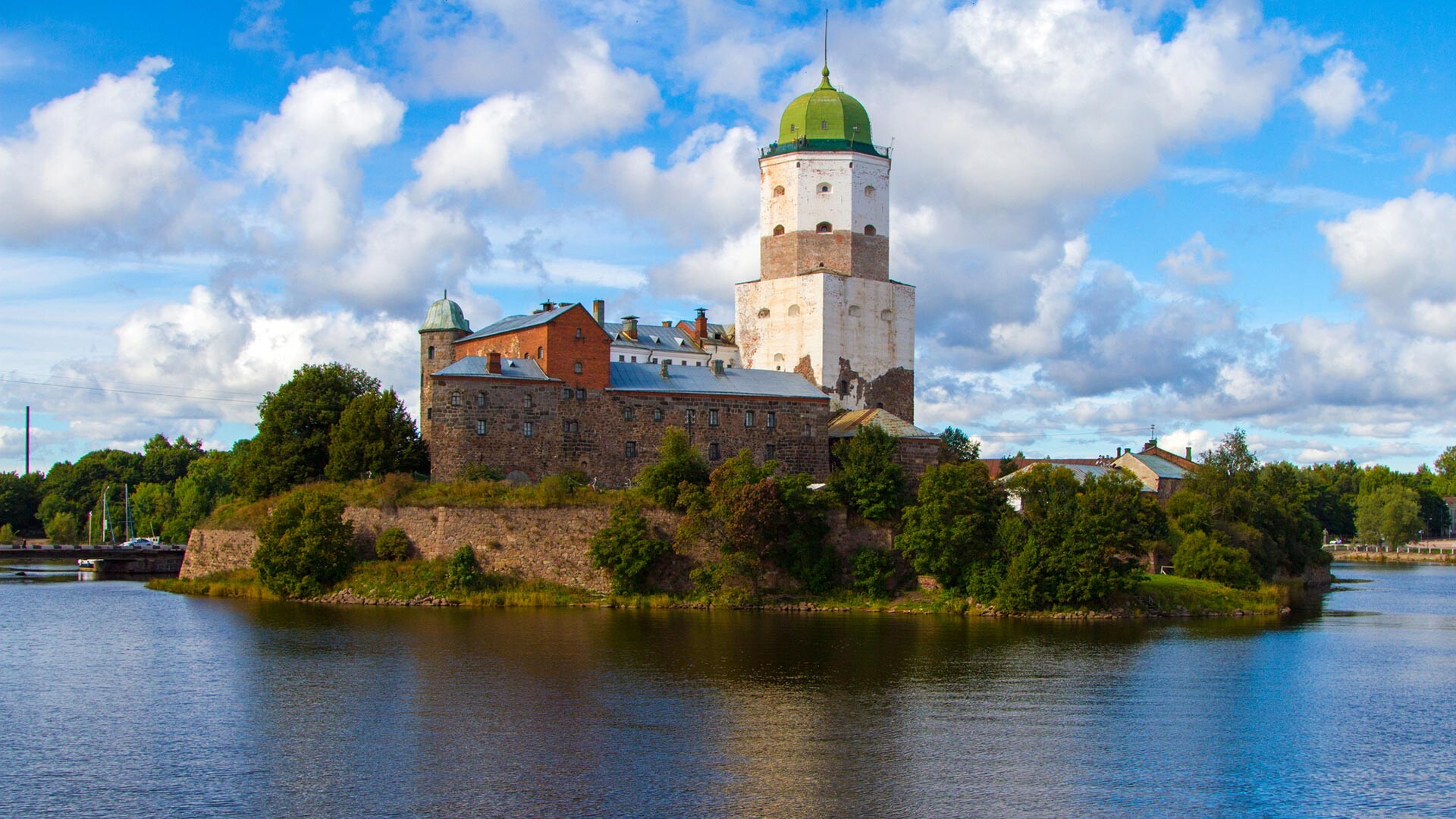
Vyborg Сastle.
Legion MediaVyborg is one of the most colorful cities in all of Russia, in terms of culture. There, Swedish buildings exist alongside those dating back to the Russian Empire, the Finnish Republic and the Soviet Union.
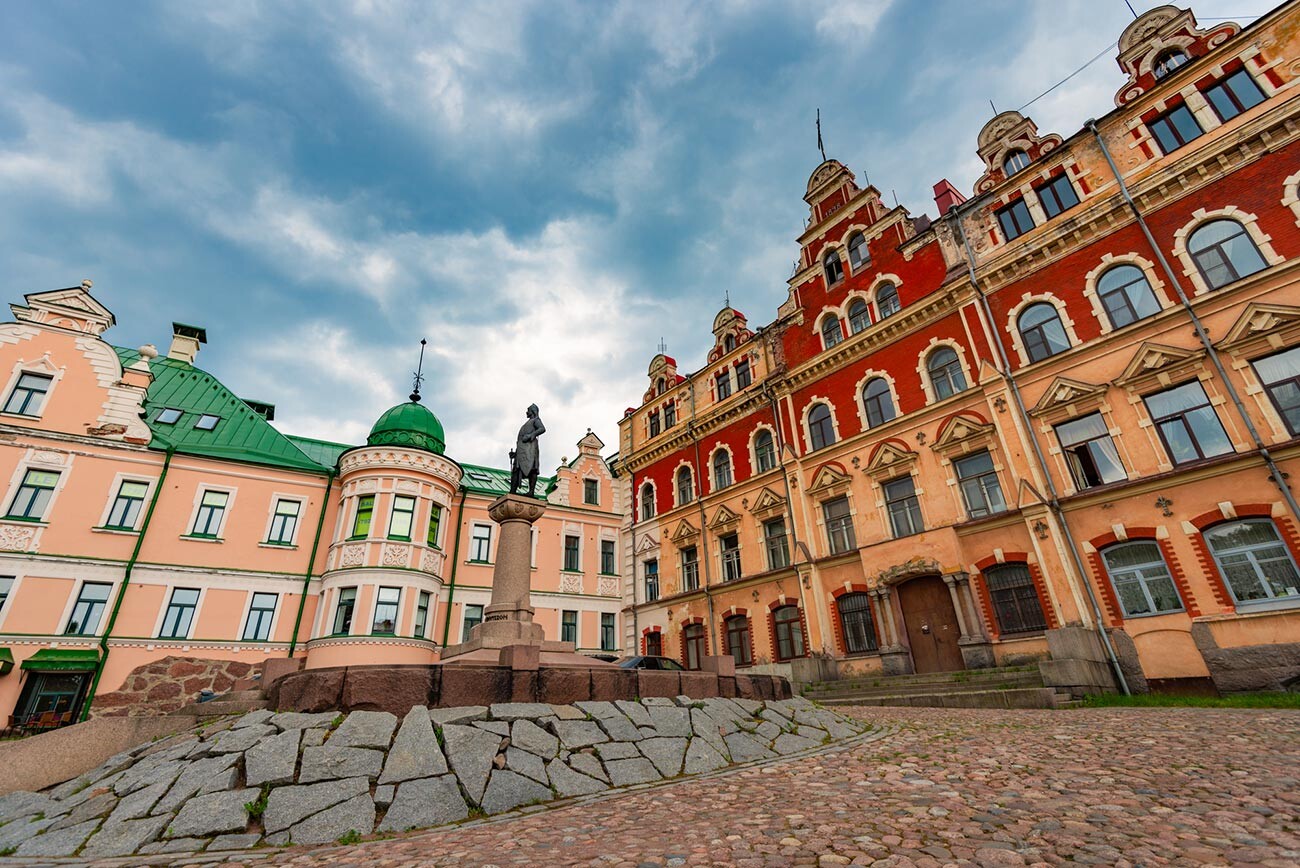
Torgils Knutsson monument in Vyborg.
Legion MediaThe city was founded in 1293, at the time of one of the Swedish crusades to the land of the Karelian pagans. It was then that military commander Torkel Knutsson gave the order to build a castle on the small island, which consequently became the city’s symbol.
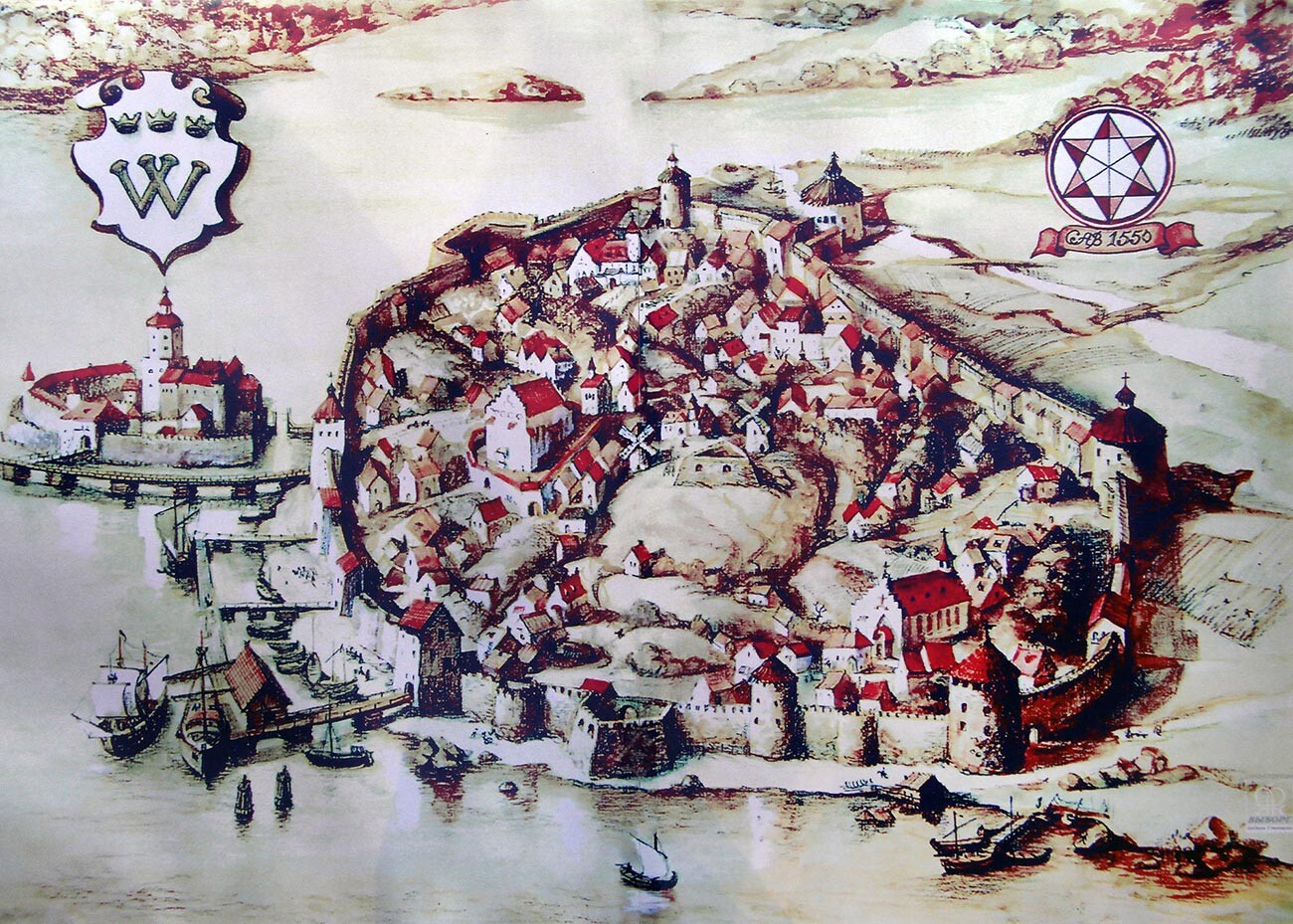
Vyborg, 1550-1560s.
Public DomainFor more than five centuries, Vyborg was part of Sweden, being one of the kingdom’s largest, most important and beautiful cities. The Novgorod Republic had tried countless times to take the strategically important Karelian outpost - all to no avail.
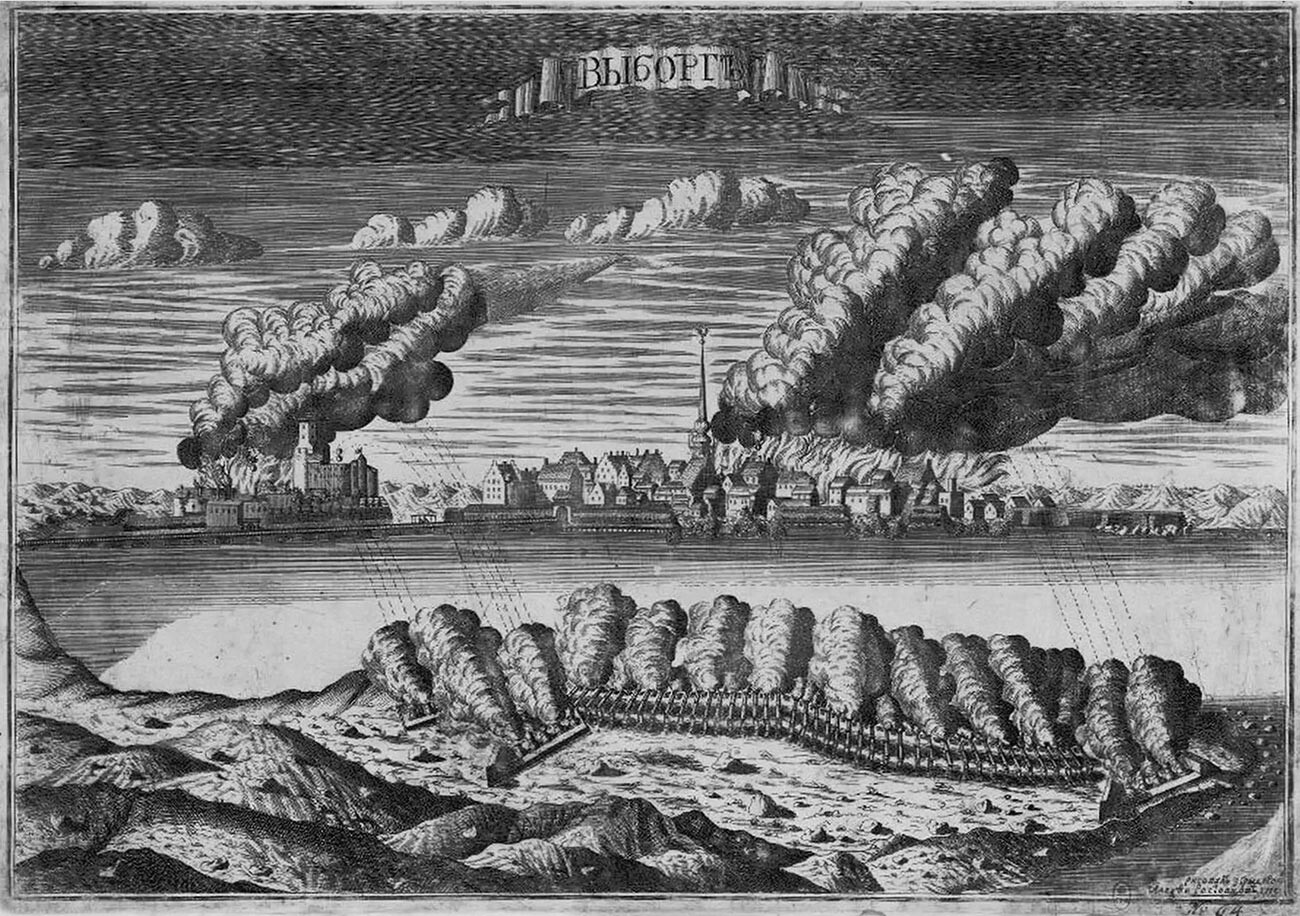
A view of the siege on 23 June 1710.
Public DomainOnly in 1710, at the height of the Great Northern War between Russia and Sweden did the unassailable stronghold finally fall after almost three months of fighting. According to the Nystad Treaty of 1721, Vyborg and a number of other Karelian territories were transferred to the Russian tsar.
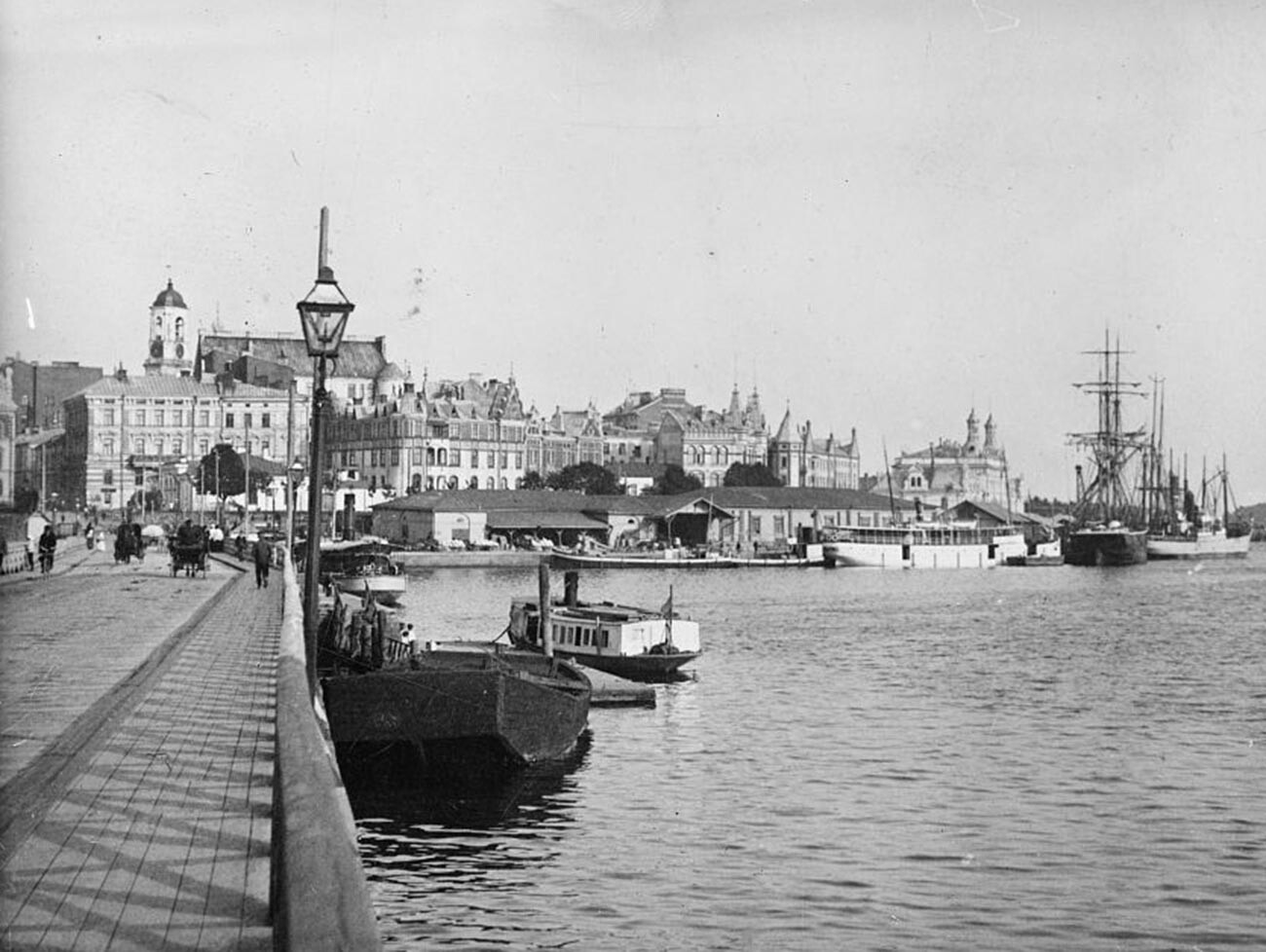
Vyborg embankment.
The Library of CongressLocated practically on the border with revenge-thirsty Sweden, the city shielded St. Petersburg, the new capital of the Russian Empire, from the north. As the old castle had not been playing a major defensive role anymore, Vyborg saw the construction of powerful military fortifications - the so-called ‘Annenkrone’.
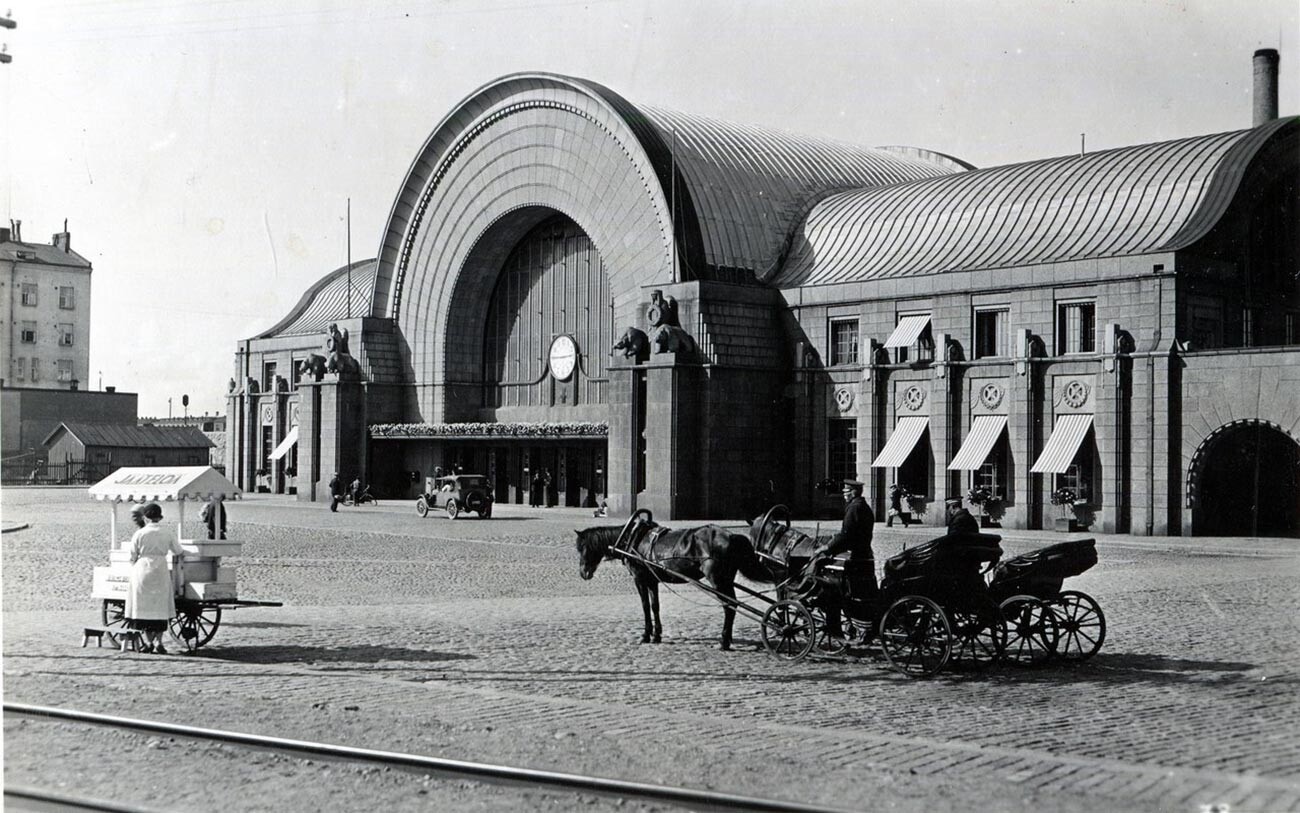
Railway station.
Public DomainIn 1743, Sweden suffered a loss to Russia, costing it a number of Finnish territories, which were included in the newly-formed Vyborg governorate, with the city as its administrative center.
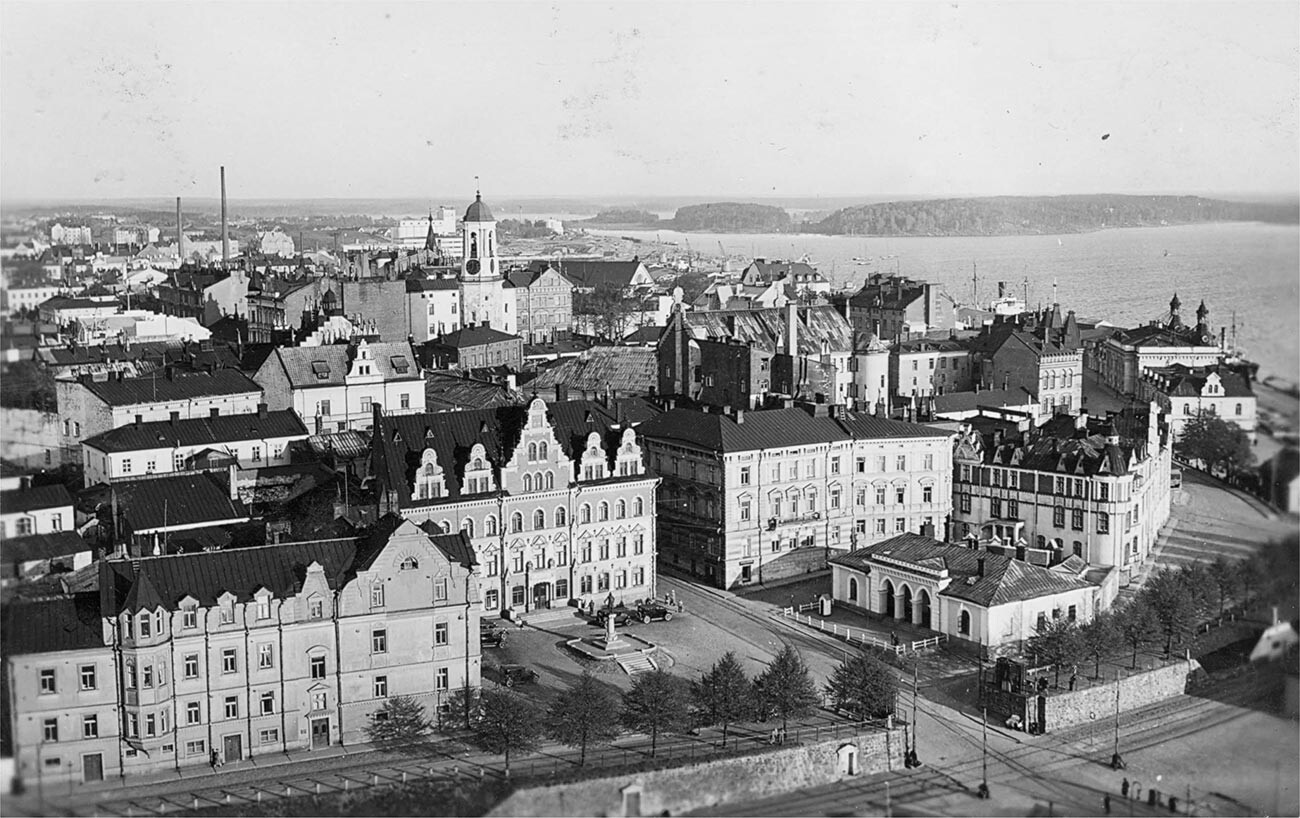
Old Town Hall Square.
Public DomainThe Russia-Sweden war of 1808-1809 resulted in the former getting all of Finland, which became known as the Grand Duchy of Finland. Two years later, after peace was achieved, Alexander I decided to attach Old Finland to it, together with Vyborg. Though unaware of it at the time, the old monarch had laid a time bomb that would explode later in the 1930s.
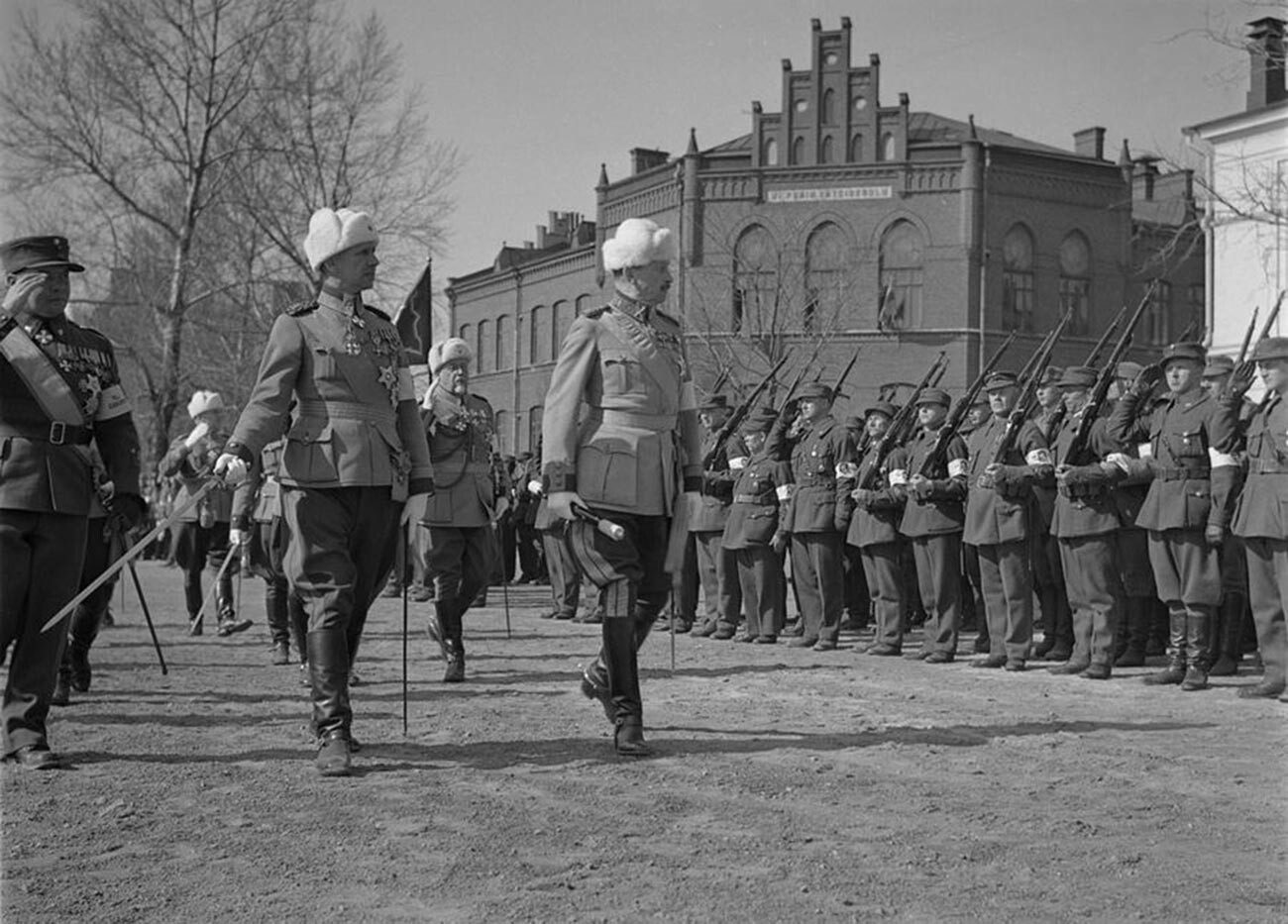
Marshal Carl Gustaf Emil Mannerheim in Vyborg.
Public DomainBy the fall of the Russian Empire, Vyborg was one of the most developed industrial centers of north-western Europe. By 1917, its population had grown to 50,000, 81 percent of whom were Finns, 10 percent Swedish and only 6,5 percent Russians.
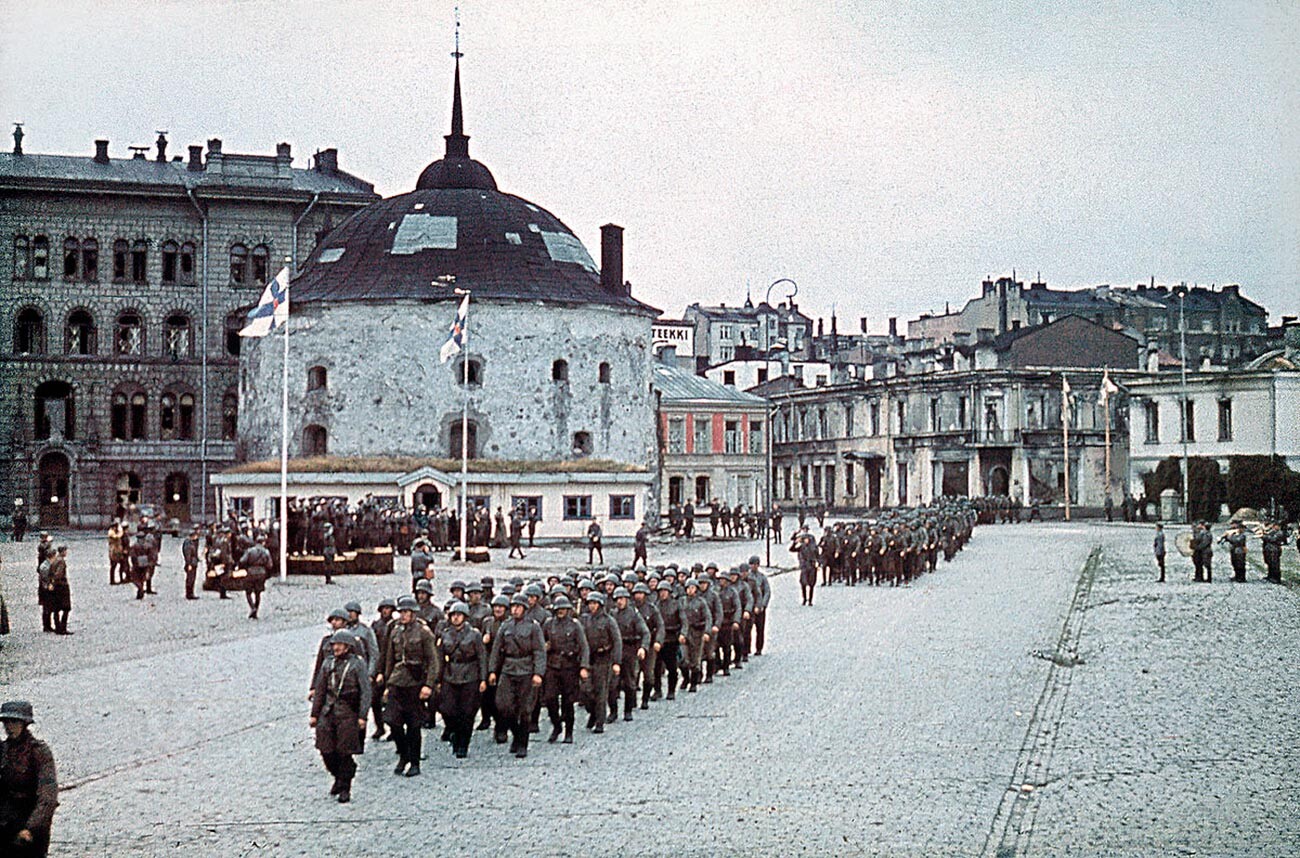
Finnish troops in Vyborg, August of 1941.
Public DomainOn December 6, 1917, Finland, which included Vyborg, declared its independence from Soviet Russia and, a mere two months later, Civil War struck. The city had become one of the last strongholds of the Red guard and its fall in late April heralded the end of the conflict. In the course of the battle for Vyborg, war crimes were committed on both sides. In response to the execution of 30 political prisoners by the Reds, the Whites ended up executing more than 300 in return - among them peaceful civilians.
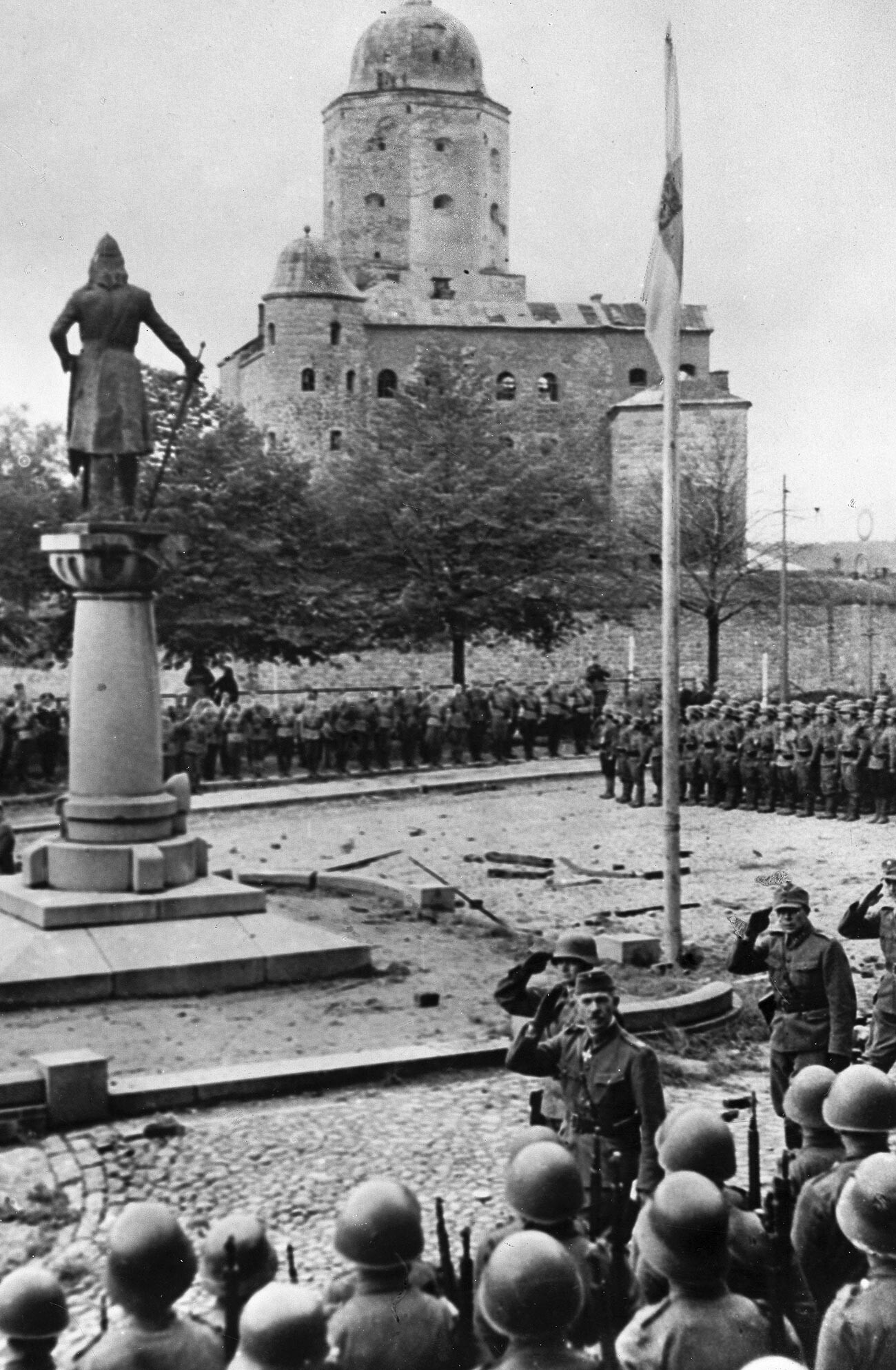
Finnish troops in Vyborg.
Getty ImagesThe proximity of the USSR’s second most important city to Finland - Leningrad (now St. Petersburg) was a source of great concern for the Soviet government in the 1930s. Finally, the Karelian straight and Vyborg both became staging grounds for the battle between the Red Army and Finnish forces during the Winter War. On March 13, 1940, as the two sides were signing a peace treaty, heavy fighting raged on in Vyborg.
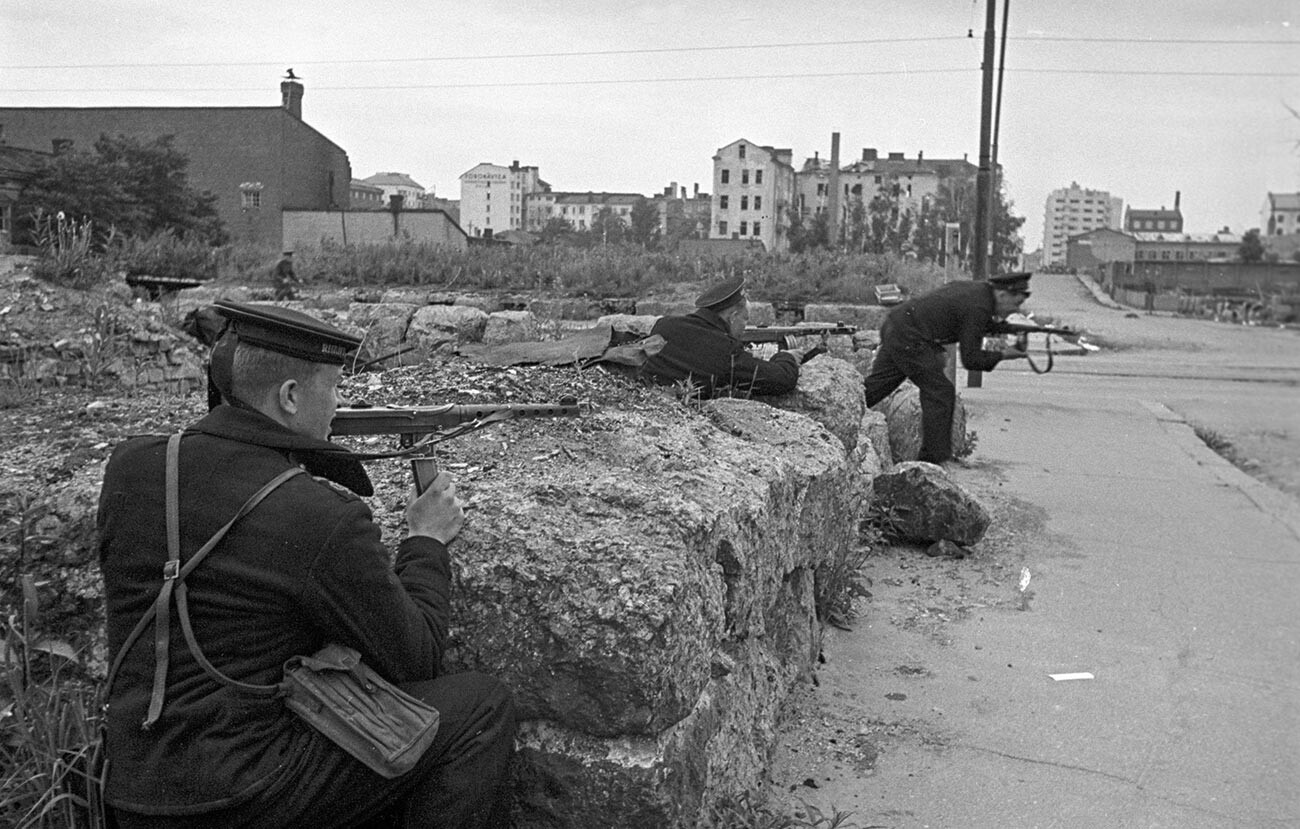
Soviet troops during the battle for the city, 1944.
Sergey Shimansky/SputnikIn late August 1941, the Finnish army, which took part in Hitler’s ‘Operation Barbarossa’, took up a position in the city, holding it for the next three years. On June 20, 1944, Soviet forces finally freed it. For the city that had been through so much - having changed hands numerous times, the dream of peace finally became a reality.
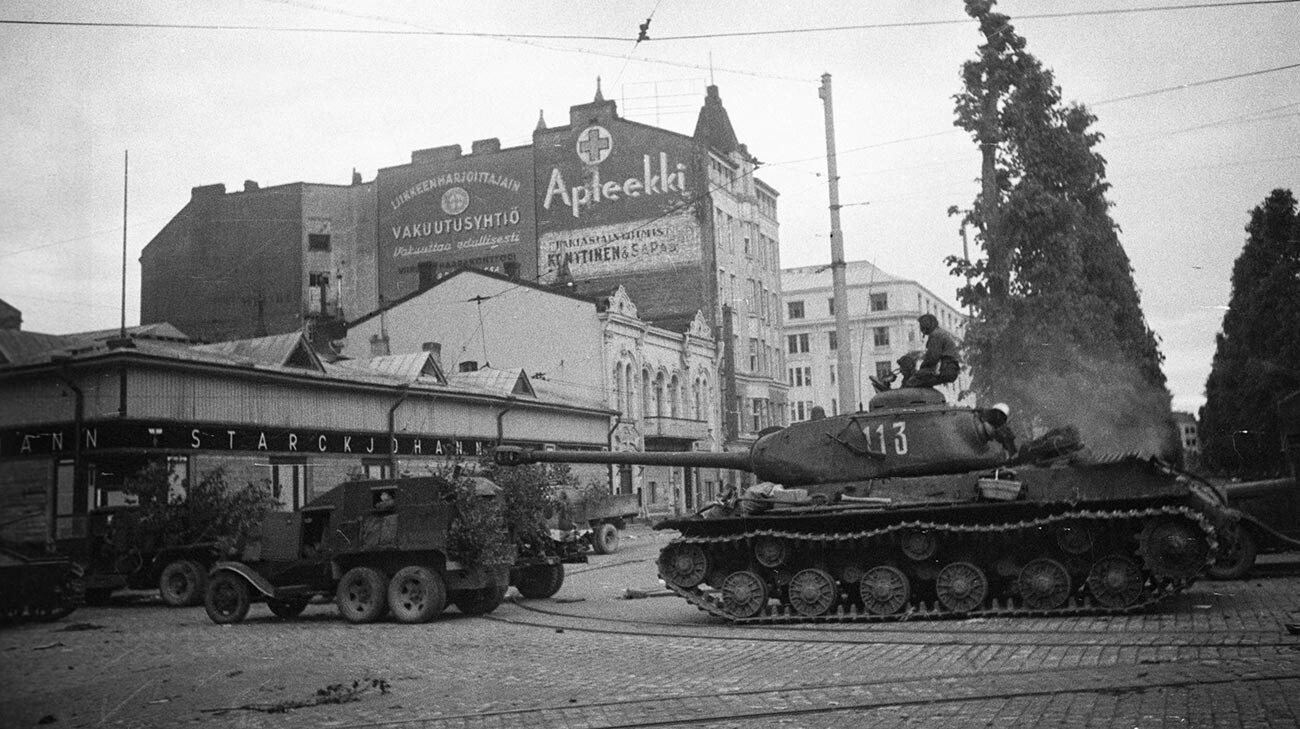
Soviet tanks entering Vyborg, 1944.
Yakov Ryumkin/SputnikIf using any of Russia Beyond's content, partly or in full, always provide an active hyperlink to the original material.
Subscribe
to our newsletter!
Get the week's best stories straight to your inbox